I went to the woods because I wished to live deliberately, to front only the essential facts of life, and see if I could not learn what it had to teach, and not, when I came to die, discover that I had not lived.
Henry David Thoreau
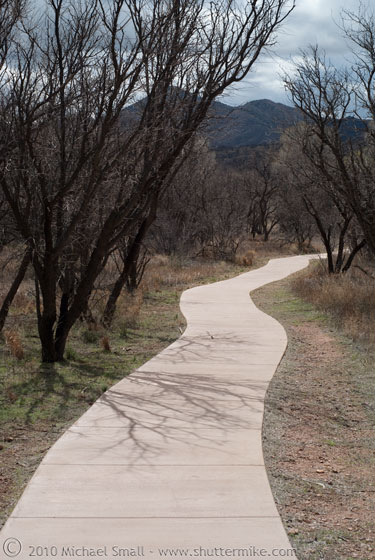
Into the Woods
Arivaca Cienga – Arizona
f/8.0 – 1/320 sec – ISO 100 – Focal Length 75 mm

The Colosseum in Rome is the iconic symbol of the city. Its history and imagery are known around the world. The rows of arches and columns can be seen from almost any high point in Rome and have been photographed countless times. However, you have to look a little closer to notice the architectural details of this classic Roman structure. The columns that ring the Colosseum are not all the same. The style of the columns change with each level. For both aesthetic and structural reasons the Romans used three different Classical order of columns in the Colosseum.
At the ground level the more plain Doric Order was used. Most noticeable by it simple capital and fluted shaft, the Doric Order was considered to be able to hold the most weight. So it was used on the bottom level.

At the next level up a more ornate column, the Ionic Order, was used. With its scroll-like capital and often fluted shaft the Ionic Order offers more decoration than the Doric columns below it.

Finally, the Colosseum’s third level was topped off with the most ornate of the three Classical Orders, the Corinthian column. It is the most slender of the three as well and was therefore holding up the least weight at the top level of the Colosseum.

One question I often get from people about my travel photography is “where are the people?” This is particularly true for my photographs of locations that are generally popular tourists destinations. In most of my travel photographs I try very hard to exclude the people because I feel they distract from whatever my true subject may be. Whether photographing Stonehenge in England or Tumacácori Mission in Arizona I feel it can often be a better shot without the crowds of tourists. That may not be the case in every situation or for every photographer. But if you want to cut the people out and focus on the subject in your travel photography here are a few tips I have found work pretty well.
 1) Close in on the details – Whether it is the Grand Canyon or an architectural wonder of the world, most every grand scale travel photography subjects have some amazing details that the average tourist misses and are well worth capturing. So get your zoom lens on and focus on the interesting details. By zooming in on these you can’t help but cut out any distractions around it. The image of the Prince Albert Memorial in London at the right demonstrates this.
1) Close in on the details – Whether it is the Grand Canyon or an architectural wonder of the world, most every grand scale travel photography subjects have some amazing details that the average tourist misses and are well worth capturing. So get your zoom lens on and focus on the interesting details. By zooming in on these you can’t help but cut out any distractions around it. The image of the Prince Albert Memorial in London at the right demonstrates this.
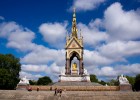 2) Zoom out and dwarf the people – take the opposite approach of tip number 1 and use your wide angle lens to get the entire subject. This can have the effect of dwarfing any people that may be in your shot making them almost unnoticed because the real focus of the photograph dominates the image. The image at the left is the same subject as the example in tip number 1, but this time using a wide angle lens makes the people on the steps appear tiny and inconsequential to the memorial monument as a whole.
2) Zoom out and dwarf the people – take the opposite approach of tip number 1 and use your wide angle lens to get the entire subject. This can have the effect of dwarfing any people that may be in your shot making them almost unnoticed because the real focus of the photograph dominates the image. The image at the left is the same subject as the example in tip number 1, but this time using a wide angle lens makes the people on the steps appear tiny and inconsequential to the memorial monument as a whole.
3) Have patience – This is a good tip for photography in general, but it particularly applies when trying to capture a travel photography of a busy tourist site without the tourists themselves distracting from the subject. Sometimes you have to scope out your ideal angle and location and then just wait for the crowds to part. Get your shot all set up and be ready to click the shutter once there is a brief clearing. Even at the busiest of tourist spots you can generally count on an occasional opening in the crowds to snap your image.
 4) Search out angles and perspectives that allow you to avoid people – This one is pretty easy to accomplish. It just takes a little leg work to seek out a perspective that allows you to capture your subject well without including any distractions.
4) Search out angles and perspectives that allow you to avoid people – This one is pretty easy to accomplish. It just takes a little leg work to seek out a perspective that allows you to capture your subject well without including any distractions.
5) Resort to PhotoShop – When all else fails and you just can’t seem to eliminate the people the magic of PhotoShop can always lend a hand. A little cropping here and spot healing there can often do the trick if you accidentally got a stray head or arm in the shot. It is a lot harder to do with full crowds, but if you have the skills edit away.
 6) Embrace the crowds and include them in your shot – Finally, people in the shot are not always a bad thing. They contribute something to the story of the image and can set the scene. So you do not have to work tirelessly to remove them from every shot. In some instances it is not possible to remove 0r work around every person. For example, the Spanish Steps in Rome (at the left) would not be the same without the people. The steps are all about the crowds that gather so you want to include them in an instance like this.
6) Embrace the crowds and include them in your shot – Finally, people in the shot are not always a bad thing. They contribute something to the story of the image and can set the scene. So you do not have to work tirelessly to remove them from every shot. In some instances it is not possible to remove 0r work around every person. For example, the Spanish Steps in Rome (at the left) would not be the same without the people. The steps are all about the crowds that gather so you want to include them in an instance like this.
This is part two of my photo collection from Stonehenge. Be sure to check out Stonehenge Part I if you missed it earlier. Also check back tomorrow for some tips on photographing a busy tourist spot like Stonehenge and avoid getting the tourists in your shots.
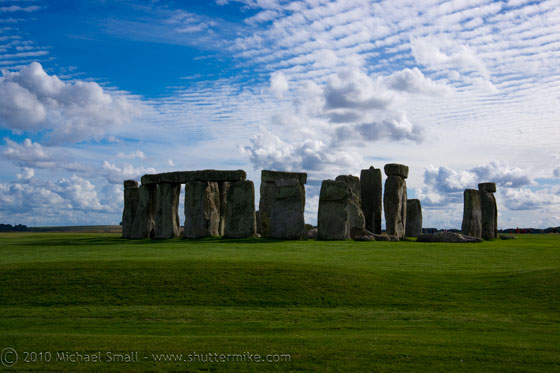 f/16.0 – 1/160 sec – ISO 200 – Focal Length 50 mm
f/16.0 – 1/160 sec – ISO 200 – Focal Length 50 mm
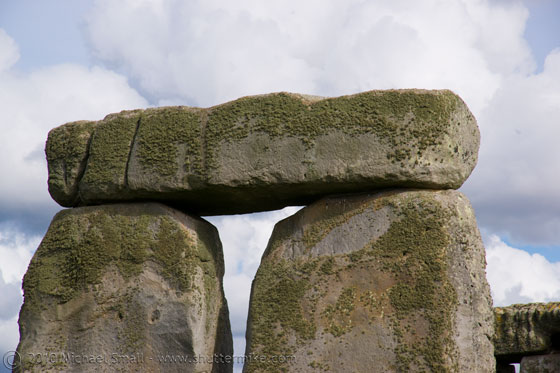
f/13.0 – 1/160 sec – ISO 200 – Focal Length 135 mm
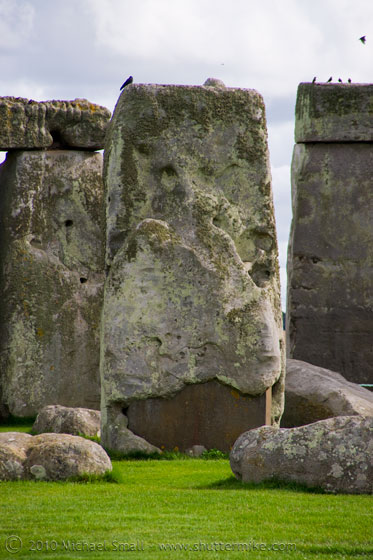
f/7.1 – 1/250 sec – ISO 200 – Focal Length 200 mm
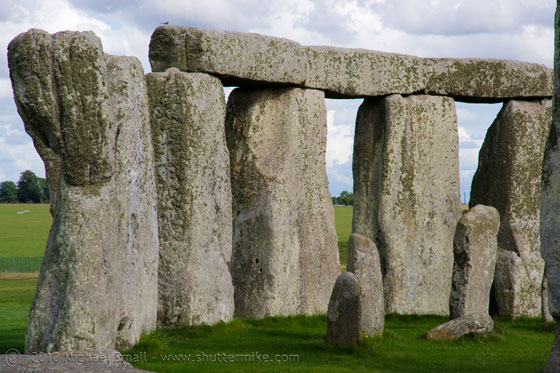
f/13.0 – 1/160 sec – ISO 250 – Focal Length 135 mm
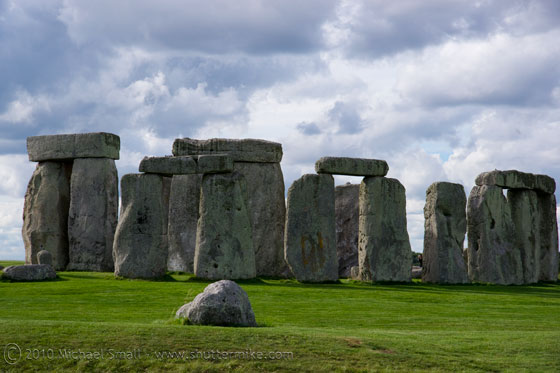
f/13.0 – 1/160 sec – ISO 200 – Focal Length 90 mm

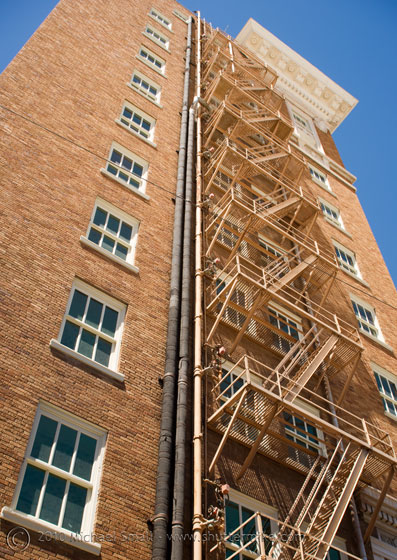
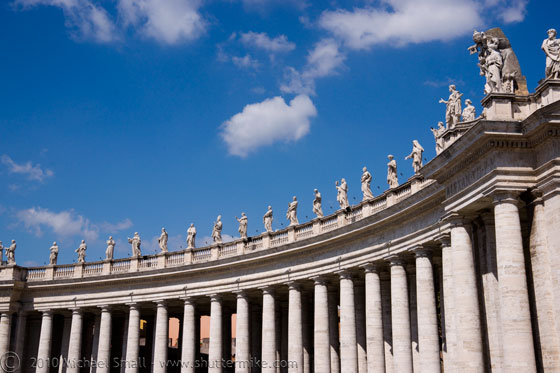 Colonnade
St. Peter’s Basilica
Vatican City
f/14.0 – 1/250 sec – ISO 200 – Focal Length 55 mm
Colonnade
St. Peter’s Basilica
Vatican City
f/14.0 – 1/250 sec – ISO 200 – Focal Length 55 mm








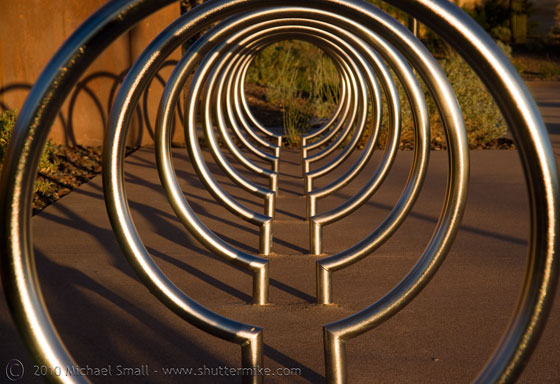
 f/16.0 – 1/160 sec – ISO 200 – Focal Length 50 mm
f/16.0 – 1/160 sec – ISO 200 – Focal Length 50 mm




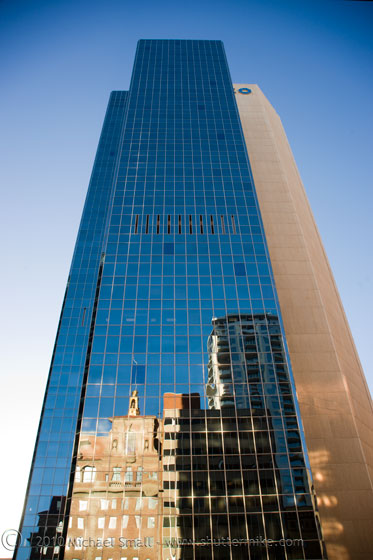 Downtown Reflections
Chase Building – Phoenix, AZ
f/10.0 – 1/50 sec – ISO 100 – Focal Length 28 mm
Downtown Reflections
Chase Building – Phoenix, AZ
f/10.0 – 1/50 sec – ISO 100 – Focal Length 28 mm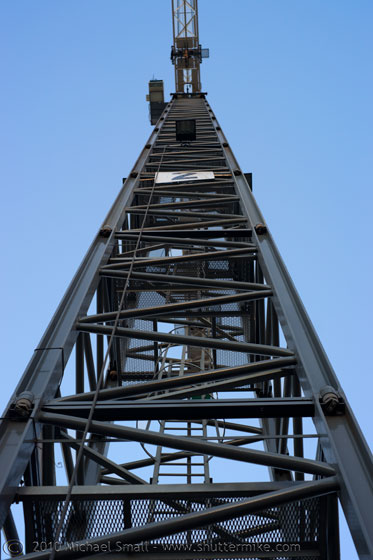 Going Up
Phoenix, AZ
f/4.5 – 1/25 sec – ISO 100 – Focal Length 50 mm
Going Up
Phoenix, AZ
f/4.5 – 1/25 sec – ISO 100 – Focal Length 50 mm



